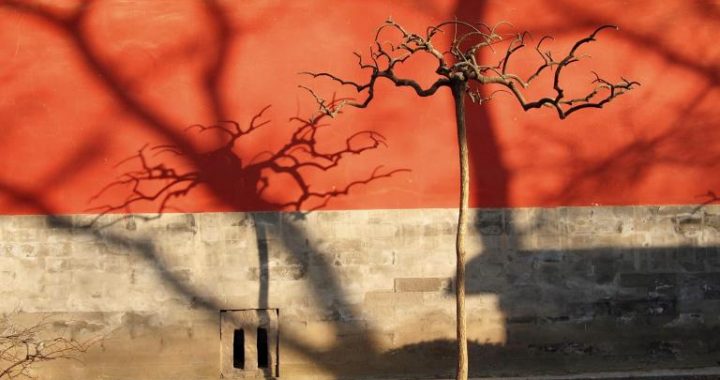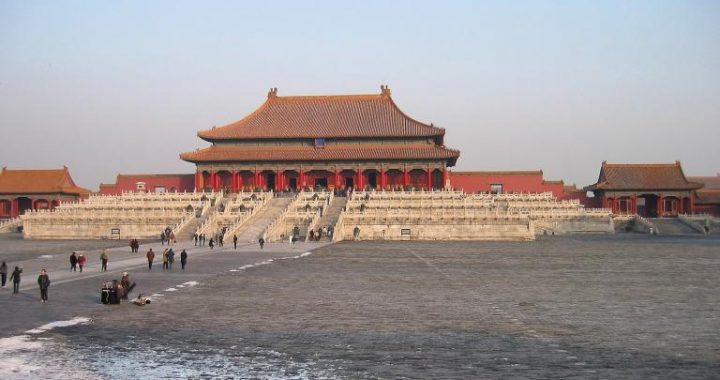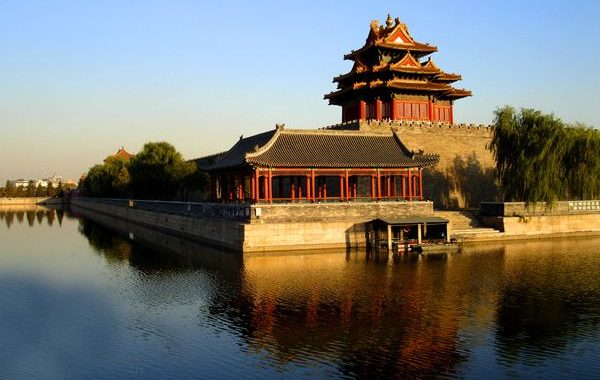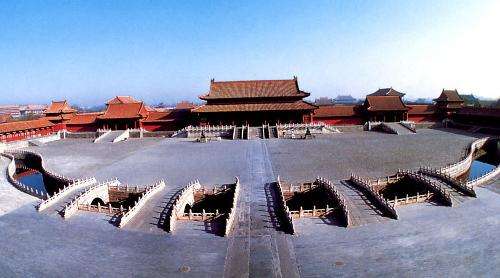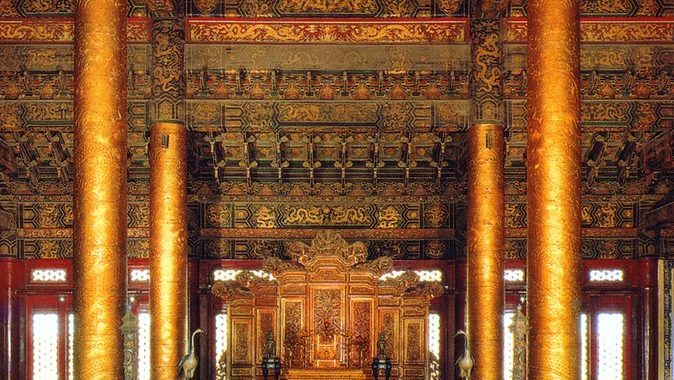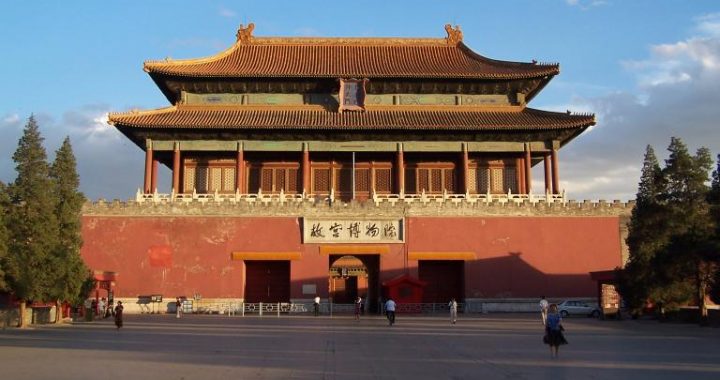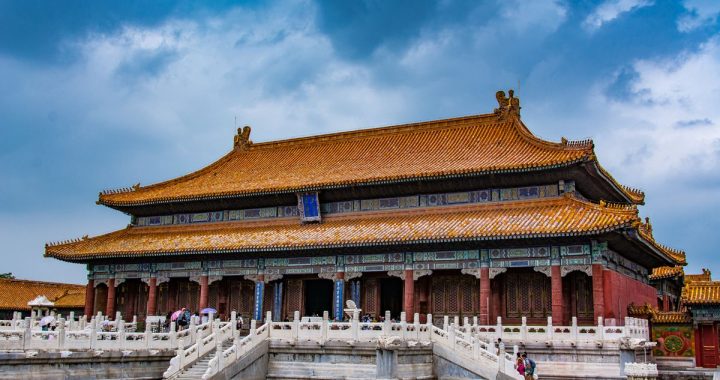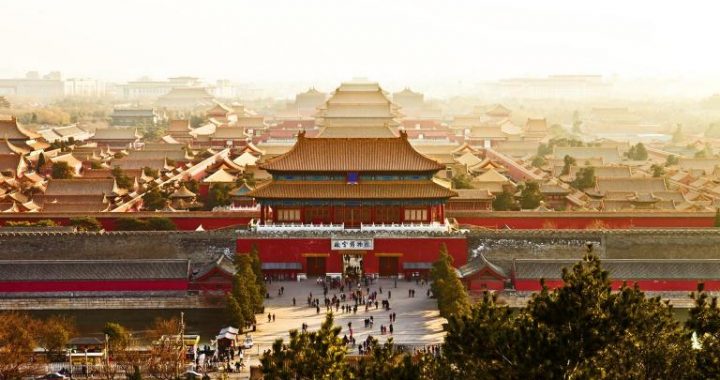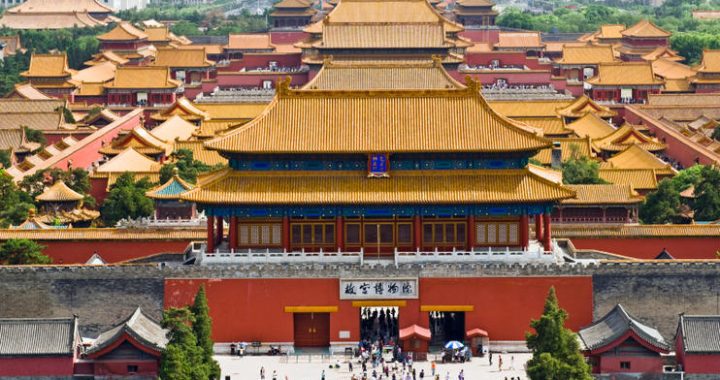GALLERY OF STORIES
3 min readAfter a long lunch in the Peking Duck, with new things for my palate, asweet soup made from lily bulbs, huge white fungi called”silver ears”,a dessert made from balls of sticky rice with sesame seeds and, of course, the tasty duck which gives it name to the restaurant, Hong Jian, fully recovered and with renewed enthusiasm, took us to the yiheyuan Also known as the Summer Palace, the Yiheyuan or Garden of Cultivating Harmony, this is a splendid, huge park, ten kilometres northwest of the Forbidden City.

Two routes linked the Imperial Palace and the Summer Palace. The first was by road and began at the wall of the forbidden city at the northwest gate, and crossed part of the city, agricultural land and an area of ponds and lakes of great beauty. When the emperor decided to use this road.
thousands of servants were responsible for cleaning it and covering it with golden sand. Then they would set up screens or curtains at crossroads and in inhabited or unsightly areas so that the Son of Heaven should not seen by mere mortals and so that His Majesty,’s eyes should not gaze out on unpleasant scenes as he travelled in his carriage preceded by thousand horsemen.

The second route was by water. This navigable waterway is a spur off the Golden river and it remains intact, passing through the same northwest gate of the imperial wall. along its ten kilometre route it crosses six bridges and goes through six locks which were constructed to resolve the problem of the twelve metre difference in altitude. At the Sorghum Bridgewhich is reminiscent of the old bridge over the canal, they held a buddha Bathing ceremony every year, on the eighth day of the fourth month. Hisstatue was immersed in the canal and, in celebration, huge parties were organized, with rockets and everything.
The White Stone Bridge, next to a pretty little temple with five pointed roofs, the wutai, offered travellers the opportunity to stop and pray. at the bridge of the great Spring a lock distributed the water and meant that it was necessary to change boats. this was the site of the temple of Ten Thousand Longevities and a palace of rest. the wheat Farm bridge the bridge of the long spring and the bridge of the embroidered waves nside the park, end the series.
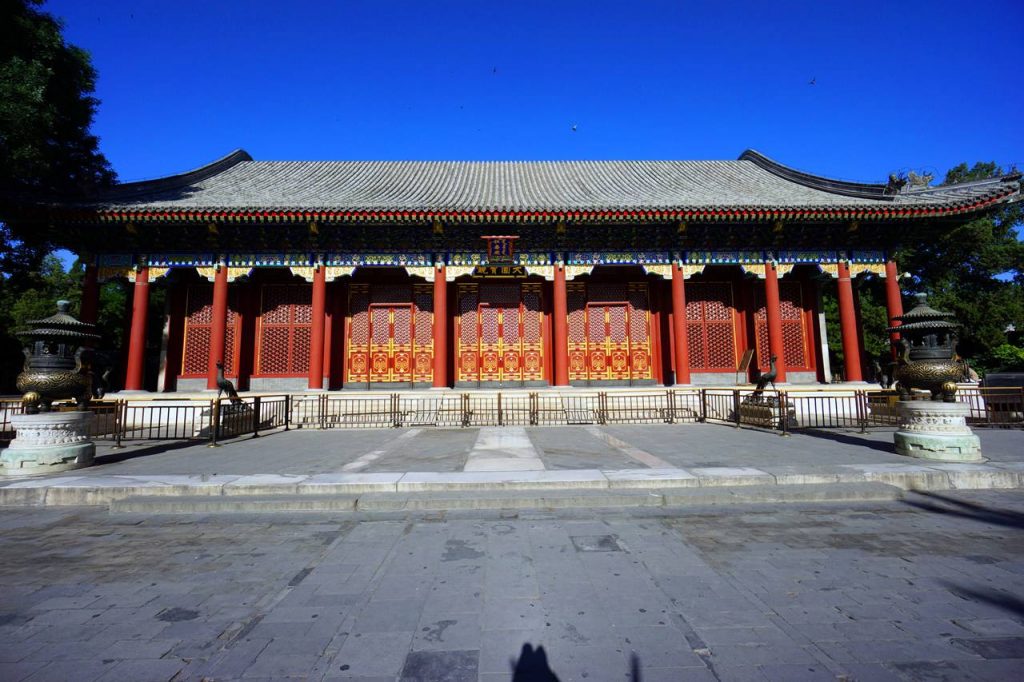
If the emperor chose to travel along the waterway, the servants left it shining like a mirror and built lodges and tea-rooms that provided the opportunity to rest as his royal highness saw fit Finally, the Summer Palace.
A huge pailou, a decorative gateway with its various roofs mounted on red columns and covered with orangey-coloured tiles, with its elegance andcolours, introduced us to an experience we could never have dreamed of In 1153, an emperor of the Jin dynasty built the first castle here. Under the Yuan it was extended and other monarchs continued the work the person who most enjoyed the gardens and its facilities was the Empress Cixi who spent most of the year here and forced the unhappy Guangxu, his wives and servants, to accompany her in order to prevent any attemptto seize power during her absence from the Imperial Palace. In 1866, and this is a well-known story, Cixi ordered work to make the place more beautiful using funds destined for the navy. a beautiful marble boat in one corner of the lake, symbolizes, according to some malicious commentators this embezzlement of state funds.
